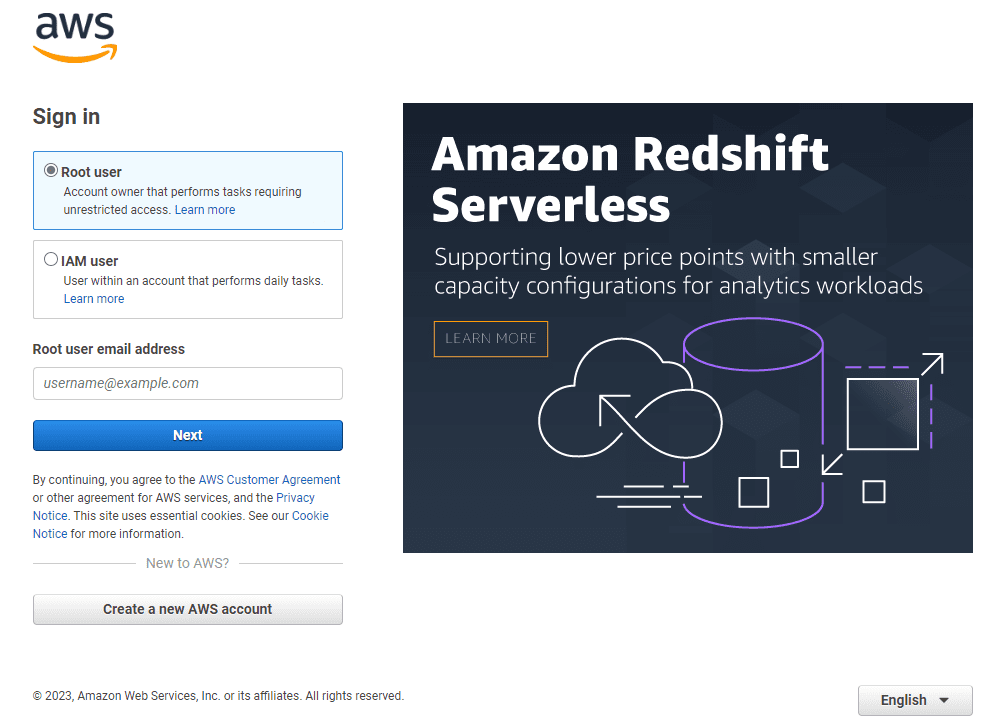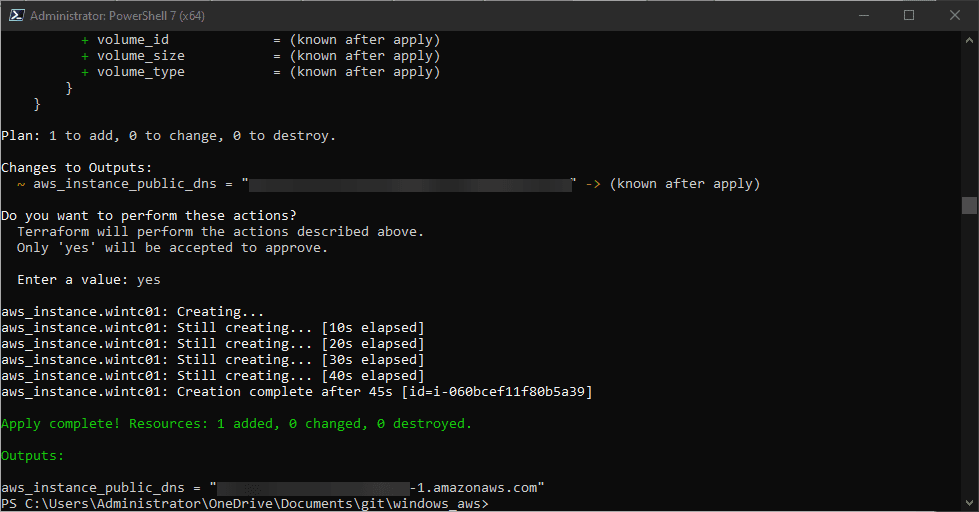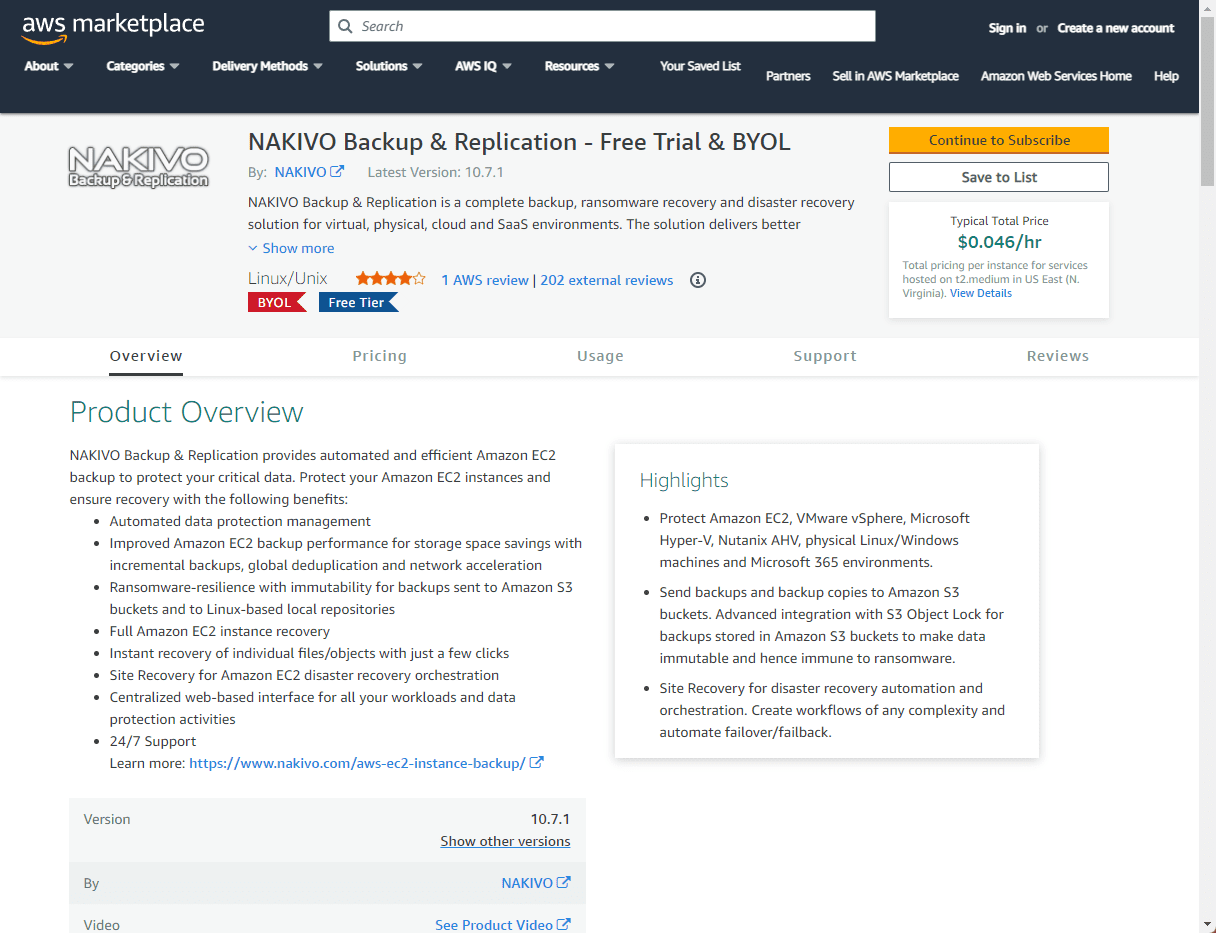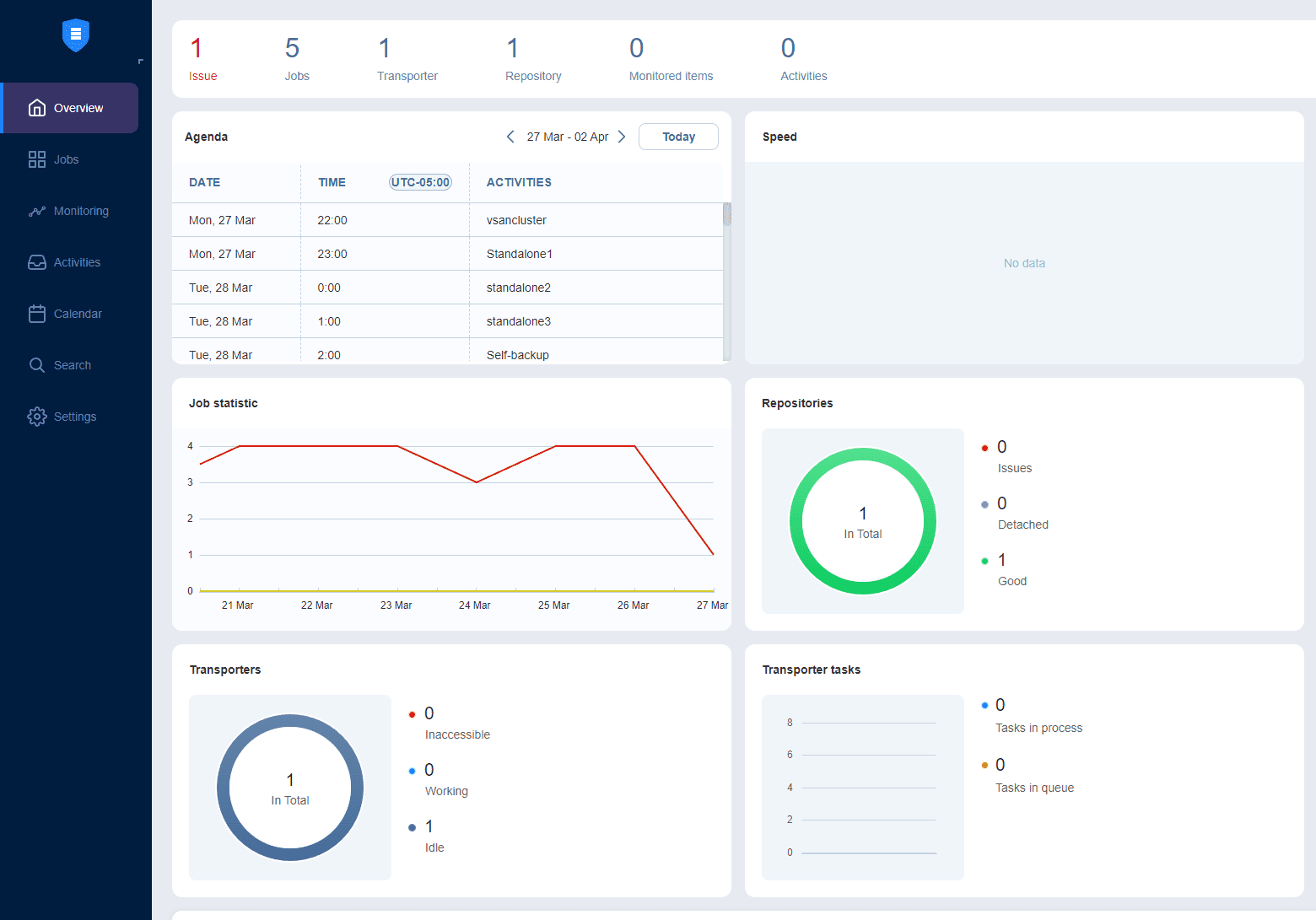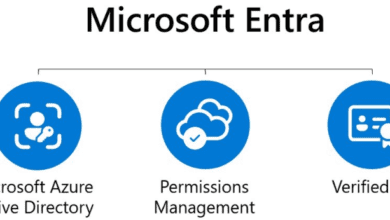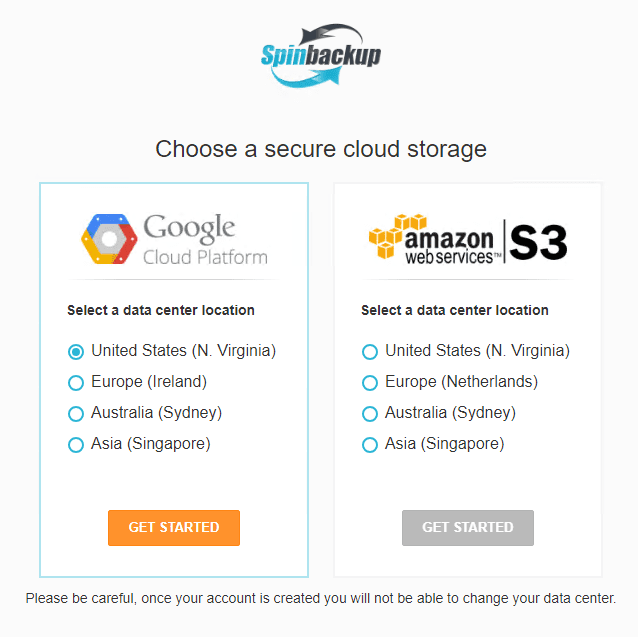Cloud Infrastructure Management for Beginners
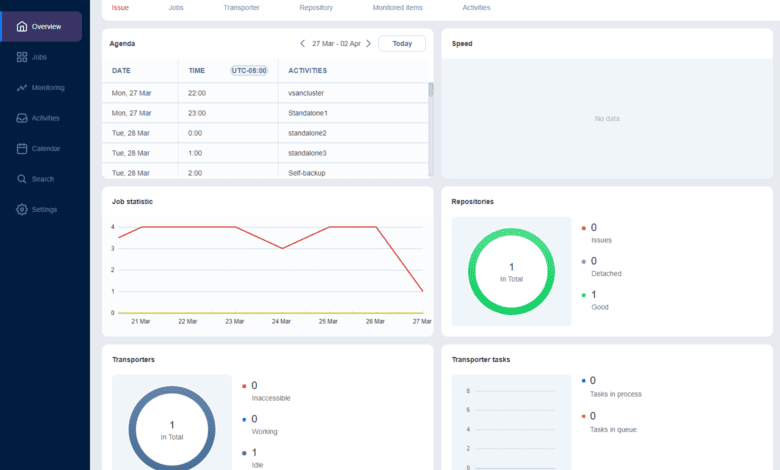
There have been a lot of changes over the past several years in how organizations are rolling out their infrastructure. They have shifted a lot of infrastructure to cloud computing environments. Managing these environments is a key part of the new processes that businesses are adapting to.
Having a cloud management strategy and using cloud management solution options allows companies to include cloud infrastructure in their overall management strategy. Let’s look at cloud infrastructure management for beginners.
Table of contents
Cloud Infrastructure Management overview
This is a critical part of the new day-to-day operations for most businesses. Most are heavily now relying on cloud infrastructure and key apps are housed there now instead of on-premises.
What infrastructure is businesses running in the cloud?
These cloud computing infrastructure components may include:
virtual machine resources and operating system loaded
Cloud storage
Cloud networking
Software-as-a-Service
Software resources
Platform-as-a-Service
So, with all of these components, cloud infrastructure involves the monitoring, creating/provisioning, and then optimizing your workloads and apps within your cloud service provider of choice.
You may have to manage virtual machines, storage devices, operating systems, and other hardware and software elements, manageable from a self-service web interface.
Cloud Infrastructure
We could say that cloud infrastructure is the underlying layer that makes cloud computing possible. Cloud infrastructure has compute, storage, and networking. Cloud infrastructure can be deployed in various forms and these may including public, private, and hybrid cloud environments.
Public cloud providers
Public clouds are operated by cloud service providers, such as Google Cloud and Amazon Web Services, and others and while the organization owns and manages private clouds these are still the major players.
Hybrid clouds combine the best of both worlds, and they allow organizations to have the flexibility of public cloud services where these make sense and the and control private cloud infrastructure for both cloud users and internal users (which may be one and the same).
The Importance of Cloud Management
Still effective and secure management is necessary. Thsi is why businesses need cloud management solutions to streamline their cloud strategies.
Cloud management platform
Cloud management platforms, such as AWS Management Console, Google Cloud Platform, and Microsoft Azure as examples these provide a unified user interface for managing cloud infrastructure, services, and resources across the board.
Cloud Management Tools
Cloud management and automation tools help organizations monitor system performance as well as, manage network configurations and also create resources, among other tasks that need to be done by admins.
There are many popular “cloud” provisioning and management tools, including the following:
Terraform – performs infrastructure as code provisioning and can provision infrastructure in public and hybrid clouds.
Kubernetes – It is a container orchestration platform. It allows for cloud environment orchestration for your containers running business applications.
CloudWatch – A monitoring service provided by AWS that can help admins collect data about their infrastructure and analyze performance and other metrics to know how things are working and if there are any issues.
Cloud Management Strategy
A well-defined cloud management strategy is essential for ensuring efficient cloud infrastructure management. Some key components of a successful cloud management strategy include:
Cost management – Implementing cost optimization measures to minimize cloud resources and services expenses.
Security – Ensuring that cloud environments adhere to regulatory compliance standards.
Performance monitoring – Regularly monitoring the performance of cloud resources and services to maintain optimal system health.
Automation – Employ workflow automation to streamline and simplify cloud management work.
Data Protection is an important part
Arguably with ransomware and other causes of data loss today for admins to think about, backing up your data (data protection) is an extremely important aspect.
Effective data protection in cloud infrastructure management includes not only implementing technical, organizational, and legal measures but it also means safeguarding your critical business and other data against users who shouldn’t have access, data breaches, and also losing your data.
Data Protection technical tools
A cloud infrastructure management strategy must include the following components to protect data:
Encryption – Encryption keeps ones who shouldn’t be able to access data from accessing it
Access Control – Access control systems including RBAC or role-based access mean that only those with the right role permissions can access.
Backup and Disaster Recovery – backing up your data both on-premises and in the cloud is crucial for data protection and compliance regulations
Intrusion Detection and Prevention – IDPS systems help to determine and have visibility of system and network breaches.
Organizational Measures for Data Protection
Organizational measures play a crucial role in maintaining data protection in cloud infrastructure management:
Security Policies -SEcurity policies define the overall security posture of the organization and what tools and technical solutions are used.
Employee Training – training employees helps to defend against phishing, ransomware, and other threats like data leaks.
Risk Assessment – Conducting periodic risk assessments can help organizations identify potential vulnerabilities in their cloud infrastructure and implement appropriate security measures to mitigate risks.
Legal Measures for Data Protection
Compliance with relevant data protection laws and regulations is essential for organizations operating in the cloud:
Compliance with Data Protection Regulations – Organizations must adhere to data protection laws and regulations, such as the General Data Protection Regulation (GDPR) in the European Union and the California Consumer Privacy Act (CCPA) in the United States. Compliance involves implementing security measures, conducting data protection impact assessments, and maintaining transparency in data processing activities.
Data Processing Agreements – Establishing data processing agreements with cloud service providers can help ensure they adhere to the organization’s data protection requirements and legal obligations. These agreements should outline both parties’ responsibilities and expectations regarding data handling, security, and compliance.
Companies often fail to consider their disaster recovery solution as part of cloud infrastructure management. It can result in disaster. To support their hybrid strategy, companies need a data protection solution that can support multiple types of infrastructure, including cloud and on-premises infrastructure.
NAKIVO Backup & Replication
NAKIVO Backup & Replication provides a great solution for data protection as part of cloud infrastructure management tools. It protects many different types of infrastructure, including:
Virtual:
VMware Backup
Hyper-V Backup
Nutanix AHV Backup
Server:
Windows Server Backup
Linux Server Backup
Workstation:
Windows Workstation Backup
Linux Workstation Backup
SaaS:
Microsoft 365 Backup
Cloud:
Amazon EC2 Backup
NAS:
NAS Backup from multiple vendors
Application:
Oracle RMAN Backup
I utilize NAKIVO Backup & Replication in the home lab environment as well as production use cases and it has been rock solid in protecting critical resources. It is an extremely easy data protection solution to configure. You can deploy the NAKIVO virtual appliance via the OVA, or quickly install the application on your Synology NAS, among other deployment types, and start backing up virtual machines in minutes.
It also provides the flexibility to protect cloud workloads and SaaS workloads as well, making it a robust hybrid solution.
Learn more about NAKIVO Backup & Replication and download a free trial here: Download Free Trial | NAKIVO Backup & Replication
Wrapping up
Cloud infrastructure management is critical to modern IT operations, enabling businesses to efficiently manage their cloud resources and ensure their cloud environments’ optimal performance and security.
By leveraging cloud infrastructure management tools and implementing a well-defined cloud management strategy, organizations can unlock the full potential of cloud computing and drive their businesses forward in today’s competitive digital landscape.


